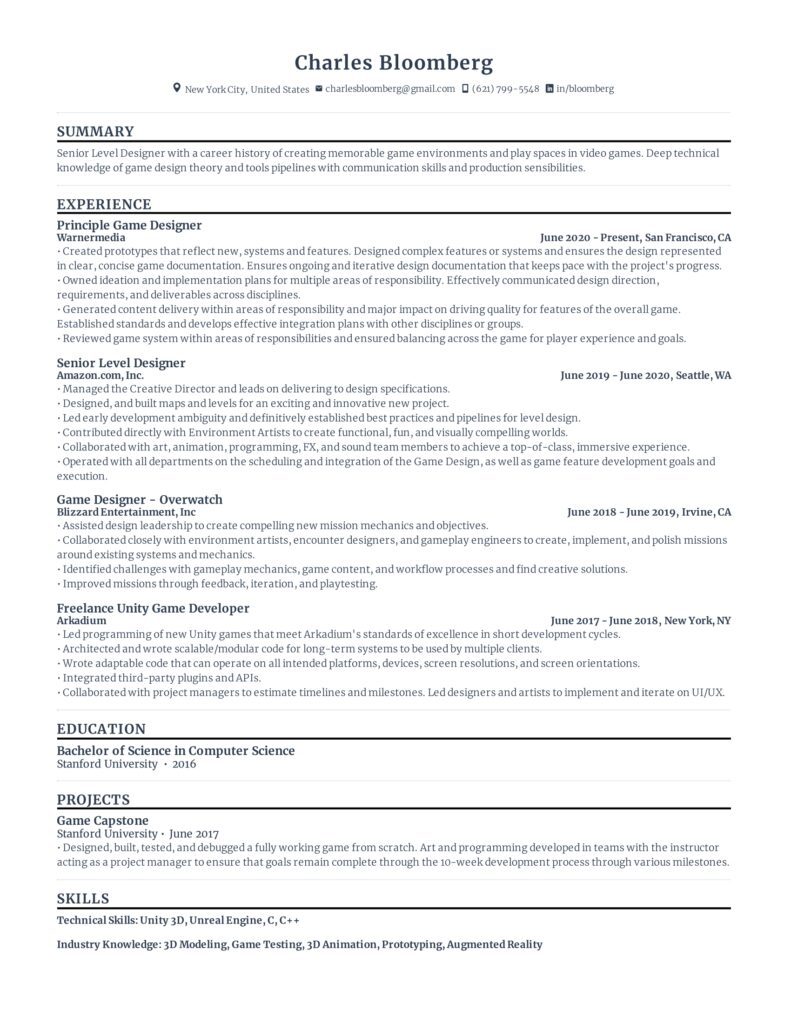Designing games for multiple platforms presents both opportunities and challenges for game designers. Understanding each platform’s strengths and limitations is crucial, as is optimizing the game for hardware specifications and user interface. Responsive web design allows games to be scalable to different device sizes, while designing for consoles and PCs requires intuitive gameplay mechanics and optimization for gamepads or keyboards/mice. Mobile game design must consider touch-based interfaces, limited screen real estate, and optimal network conditions. Game engines such as Unity, Unreal Engine, and GameMaker Studio can improve cross-platform compatibility and streamline the development process. Overall, designing games for multiple platforms requires careful consideration and adaptation to emerging technologies.
Designing Games for Multiple Platforms: Challenges and Opportunities
Introduction
The gaming industry has seen considerable growth in recent years with advancements in technology providing gamers with more advanced and diverse gaming experiences. Designing games for multiple platforms is an exciting and challenging task that requires careful consideration of the unique advantages and limitations of each platform. This article will explore the challenges and opportunities inherent in designing games for different platforms across various stages of the game development cycle.
Understanding Platforms and Their Limitations
Before designing a game for multiple platforms, it is important to understand each platform’s strengths and weaknesses. For instance, a PC game can provide high-end graphics, processing power, and a keyboard and mouse interface that allows for complex gameplay mechanics. On the other hand, mobile games can leverage touch-based interfaces, portability, and convenience.
Designers must also consider the hardware specifications of each platform, such as processing power, RAM, and storage space, as they can significantly impact game optimizations and design decisions.
Designing for Responsive Web Design
Responsive web design involves creating a game that can run across different device sizes and resolutions. Designers must ensure that user interface elements are visible on all devices, and the gameplay mechanics remain consistent. The design should also allow for quick scaling and adjustments to match various screen sizes.
Designing for Console and PC Platforms
Designing a game for console and PC platforms can present some unique challenges. Console platforms, for example, require games to successfully run on limited hardware specifications, while PC platforms offer more flexibility for technical specifications. When designing for these platforms, designers must also ensure that the gameplay mechanics are intuitive and can be easily controlled using the gamepad or keyboard/mouse combinations. Additionally, designers should consider the potential differences between console and PC player demographics, as this can impact the gameplay experience.
Designing for Mobile Platforms
Designing games for mobile platforms requires designers to consider the different hardware limitations and user interface requirements of each device. As the majority of mobile games are played with a touch-based interface, designers must ensure that the controls are optimized for touch input. Additionally, mobile platforms offer limited screen real estate, which requires designers to optimize the user interface and reduce clutter. Moreover, mobile gaming often requires an excellent connection, so the game needs to have optimal network conditions to ensure a smooth gameplay experience.
The Importance of Cross-Platform Compatibility
Designing a game for multiple platforms presents designers with a unique opportunity to reach a wide range of audiences. However, designing games for multiple platforms can pose some significant challenges, particularly in ensuring cross-platform compatibility. As such, designers must ensure that the game works seamlessly across various platforms and devices, with uniform gameplay mechanics, graphics, and sound.
The Role of Game Engines
Game engines can provide designers with a powerful tool for creating games that work across multiple platforms. Many excellent game engines, including Unity, Unreal Engine, and GameMaker Studio, can speed up the game development process and improve cross-platform compatibility. These tools can save designers’ time and offer unique features such as real-time previews, using integration of sound effects and visual effects, particle systems, programming languages, and asset libraries.
Conclusion
Designing games for multiple platforms can be a challenging task, but it offers designers a unique opportunity to reach a wide audience. By understanding the limitations and advantages of each platform, designers can create captivating games that work seamlessly across various platforms. Additionally, game engines offer designers a powerful tool for streamlining their development process and improving cross-platform compatibility. As technology continues to evolve, designers must remain at the forefront of emerging technologies to design games that enhance gaming experiences and captivate players worldwide.
